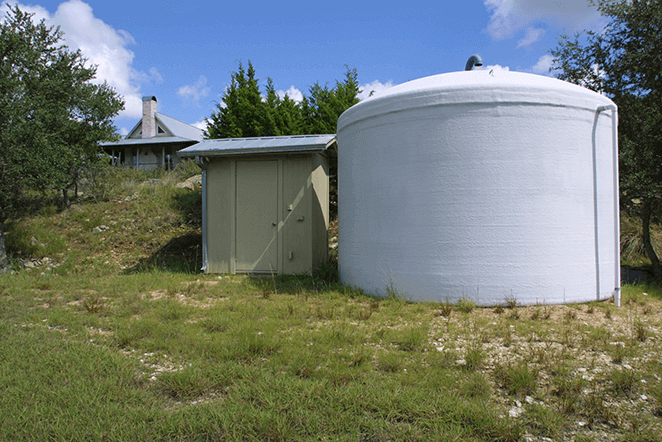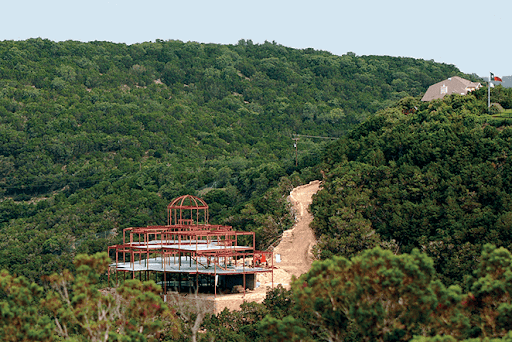
Why Choose Green Home Construction?
Building a new custom home gives you the opportunity to make a space uniquely tailored to you—and that includes implementing forward-thinking, green building designs that old homes can’t always accommodate. With green building techniques, custom home builders can take efficiency and sustainability to a new level, for highly functional homes that will last a lifetime.
Read on to discover the top eco-friendly building trends to increase your home’s efficiency and help shrink your environmental footprint.
Rainwater Systems
The concept is so simple it’s almost silly. Why continuously tap our limited reserve of water when new rain continues to fall from the sky and go unused? Rainwater harvesting is the collection of that until-now unused rainwater, which then goes through filtration and processing so that we can use it in our homes.
Most often, rainwater is collected from a home’s roof and diverted through the drainage system and into a rain barrel or tank positioned under the downspout, and then used for gardening and landscaping.
However, there are four main types of rainwater systems—gray water, rain water, harvesting and storage—and three different ways rainwater can be reused:
- Irrigation purposes (landscaping)
- Indoor, non-potable use (heating and cooling, flushing)
- Whole-house, potable use (washing, cooking, drinking)
From simple barrels that filter and pump water for hand watering, to more sophisticated systems that provide safe drinking water for inside the home, rainwater systems give you your own private, clean water supply—without wasting a natural resource.
Solar Energy
Solar panels may seem futuristic, but the truth is that they’re easy to incorporate at home, and their design principle couldn’t be more simple. Just as rainwater systems collect and store rainwater for private use, solar panels collect energy from the sun, which can then be used to power your home. You can say goodbye to costly energy bills, because once installed, the panels convert sunlight into electricity—which means that the power you produce is free.
Best of all, they’re no longer the clunky eyesore that early solar panels were. These days, solar panels are thinner and sleeker than ever before. Their black, low-profile mounting systems keep the panels flush with your roofline, making them nearly undetectable.
Geothermal Systems
Although the term “geothermal” may bring to mind images of geysers or volcanoes, home geothermal heating and cooling is actually fairly simple. It works by the same principle as a conventional heat pump, by using high-pressure refrigerant to capture and move heat between the indoors and outdoors.
However, unlike a conventional heat pump, which gathers and expels heat through outside air, a geothermal system transfers heat between your house and the earth using long loops of refrigerant-filled pipe that’s buried underground. Geothermal systems provide clean, quiet heating and cooling and can slash utility bills by up to 70%.
Green Building Materials
Unfortunately, the process of building a new home isn’t always a boon for the environment. For example, the commonly used home building material cement results in nearly 8% of the world’s CO2 emissions. But there are plenty of materials for building homes that minimize environmental impact, including:
- Structural steel. This material is popular in home building because of its extreme durability. It’s also more than 80% recyclable and inherently fire resistant.
- ICF walls. Also known as “Insulated Concrete Forms,” this is the forming system for poured concrete walls. ICF walls are extremely energy efficient and durable, and their resistance to natural disasters and moisture damage makes them a coveted material for home building.
- Icynene. This open cell and closed cell spray foam insulation enhances your home’s indoor air quality and insulation for a more comfortable and quiet living space. Unlike air-permeable insulation types that sag or shrink over time, Icynene maintains its thermal performance throughout its lifetime.
Looking for ICF Home Builders?
As green builders of new custom homes, we’re committed to designing and building homes with as little environmental impact as possible. At Mangum Builders, we’ve spent years building high-performance, energy-efficient homes that combine elegant design and environmental responsibility. If you’re looking for green builders in Austin, contact us today and let’s get started on your new forever home.


